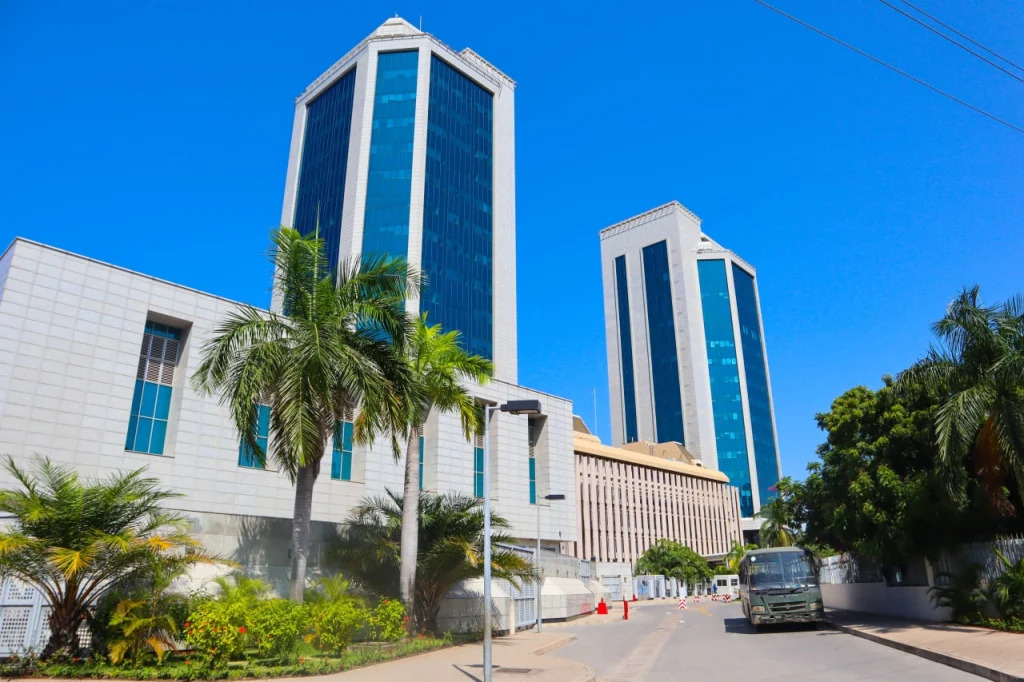Latest Economic update from the Bank of Tanzania's Economic Development for the quarter ending June 2024
- GDP Growth: Tanzania's GDP grew by an estimated 5.4% in the second quarter of 2024. Annual growth is also projected at 5.4%, driven by sectors such as agriculture, construction, mining, and financial intermediation.
- Inflation: The headline inflation rate slowed to 3.1% in the quarter ending June 2024, down from 4.0% in the corresponding period of 2023. The stable inflation is attributed to effective fiscal and monetary policies and a sufficient domestic food supply. Inflation is expected to remain below 5%.
- Monetary Policy: The Bank of Tanzania maintained a 7-day interbank rate within a (+/-) 200 basis point range of the 6% Central Bank Rate (CBR), averaging 7.49%. Money supply growth slowed to 10.3%, aligning with efforts to moderate liquidity and anchor inflation expectations at a medium-term target of 5%.
- Private Sector Credit: Credit to the private sector grew by 17.2%, with significant contributions from the agricultural, manufacturing, and mining sectors. Personal loans also accounted for a substantial share of the growth.
- Government Fiscal Operations: Revenue collection for the quarter ending March 2024 was TZS 7,273.6 billion, with tax revenue amounting to TZS 6,334.4 billion. Government expenditure was TZS 8,912.3 billion, with recurrent activities and development projects accounting for TZS 5,225.2 billion and TZS 3,687.1 billion, respectively.
- External Sector: The current account deficit narrowed to USD 902.8 million, attributed to strong export performance and favorable global commodity prices. Exports of goods and services increased to USD 3,377.1 million, with tourism, gold, and tobacco being key contributors. Foreign exchange reserves remained robust at USD 5,345.5 million, covering 4.4 months of projected imports.
- National Debt: The total national debt was USD 42,359.7 million at the end of June 2024, with 71.3% being external debt.
The key aspects of Tanzania's economic development, indicating steady progress and stability in various sectors
Tanzania is on a path of steady economic growth, with strategic investments in key sectors, effective monetary and fiscal management, and a focus on maintaining stability. These elements are fundamental for achieving long-term economic development and improving the overall standard of living for its population.
- Steady GDP Growth:
- GDP Growth: The projected GDP growth of 5.4% reflects consistent economic expansion. Sectors such as agriculture, construction, and mining, which are crucial for Tanzania’s development, are driving this growth. This suggests that the country is continuing to invest in infrastructure and natural resources, contributing to overall economic development.
- Low and Stable Inflation:
- Inflation: The inflation rate of 3.1% is well within the government's target, demonstrating effective management of monetary policy. Low inflation helps maintain purchasing power and encourages investment, which is essential for sustainable economic growth.
- Support for Private Sector Growth:
- Private Sector Credit Growth: The 17.2% growth in credit to the private sector, particularly in agriculture, manufacturing, and mining, indicates that these sectors are receiving the necessary financial support to expand. This is crucial for job creation, income generation, and industrialization, which are key pillars of economic development.
- Government Fiscal Discipline:
- Fiscal Operations: The government's focus on collecting substantial revenue and managing expenditure effectively reflects a commitment to fiscal discipline. The balance between recurrent and development expenditures indicates a focus on both maintaining government operations and investing in long-term projects that will drive future growth.
- Robust External Sector:
- Current Account Deficit and Exports: The narrowing of the current account deficit, driven by strong exports in tourism, gold, and tobacco, indicates a healthy external sector. This not only brings in foreign exchange but also strengthens Tanzania’s position in the global market, which is essential for economic resilience and development.
- Foreign Exchange Reserves: Maintaining robust foreign exchange reserves is crucial for stabilizing the economy against external shocks, which supports long-term economic development.
- National Debt Management:
- National Debt: While the national debt is significant, the fact that a large portion is external suggests ongoing international investment and borrowing to support development projects. Proper management of this debt is critical for sustaining economic development without leading to fiscal stress.
Overall Implications for Economic Development
- Diversification and Industrialization: The emphasis on sectors like agriculture, manufacturing, and mining indicates efforts toward diversifying the economy and moving away from over-reliance on a few commodities. This diversification is crucial for long-term economic stability and growth.
- Investment in Infrastructure: The growth in construction reflects ongoing investment in infrastructure, which is vital for supporting other sectors of the economy, such as trade and industry.
- Social and Economic Stability: Low inflation and stable fiscal policies contribute to a predictable economic environment, which is attractive to both domestic and foreign investors. This stability is essential for sustained economic development.
